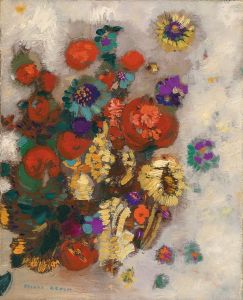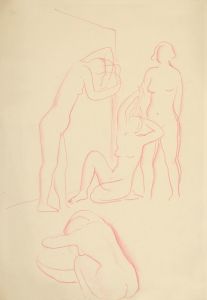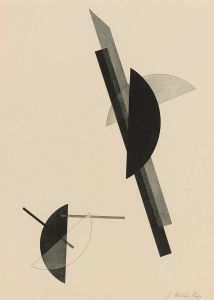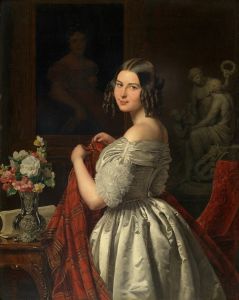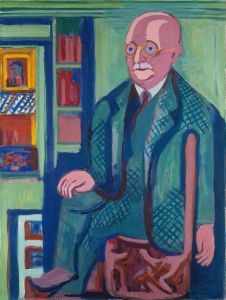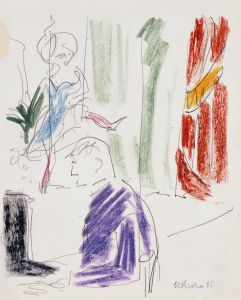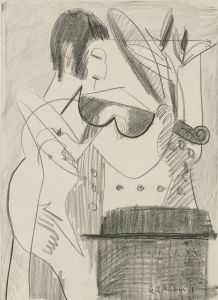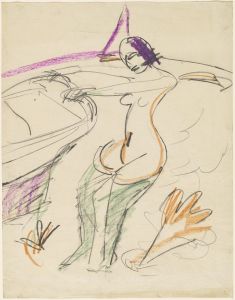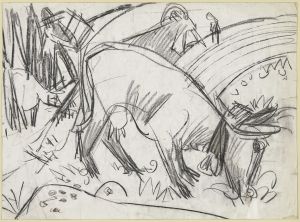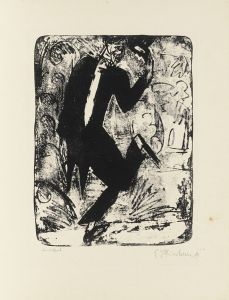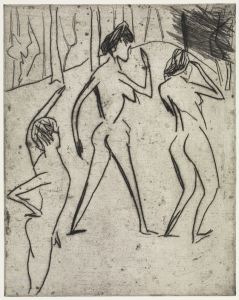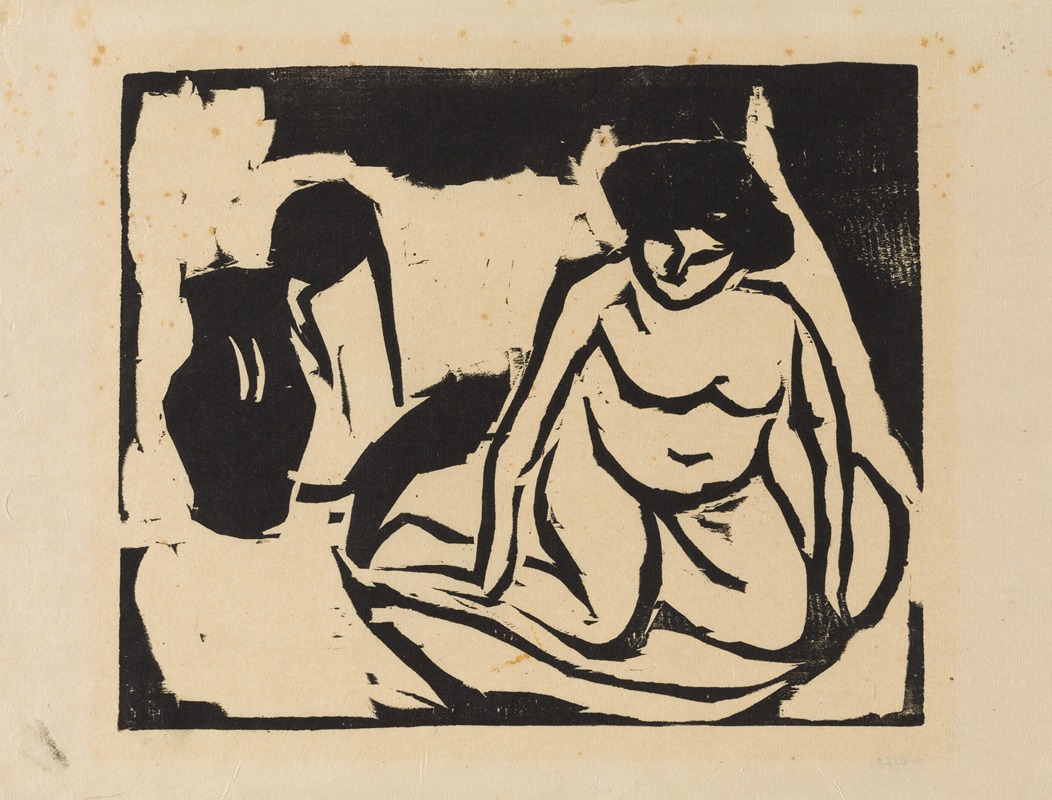
Nude Girl in the Bath
A hand-painted replica of Ernst Ludwig Kirchner’s masterpiece Nude Girl in the Bath, meticulously crafted by professional artists to capture the true essence of the original. Each piece is created with museum-quality canvas and rare mineral pigments, carefully painted by experienced artists with delicate brushstrokes and rich, layered colors to perfectly recreate the texture of the original artwork. Unlike machine-printed reproductions, this hand-painted version brings the painting to life, infused with the artist’s emotions and skill in every stroke. Whether for personal collection or home decoration, it instantly elevates the artistic atmosphere of any space.
Ernst Ludwig Kirchner's "Nude Girl in the Bath" is a notable work by the German expressionist painter, who was a leading figure in the early 20th-century art movement known as Die Brücke (The Bridge). Kirchner, born in 1880 in Aschaffenburg, Germany, was a pivotal artist whose works are characterized by their bold colors, dynamic compositions, and emotive intensity. He played a crucial role in the development of modern art, and his works often explore themes of modernity, urban life, and the human form.
"Nude Girl in the Bath" exemplifies Kirchner's distinctive style, which often features elongated figures and a vivid, non-naturalistic use of color. This painting, like many of Kirchner's works, reflects his interest in the human body and the exploration of form and movement. Kirchner was deeply influenced by non-Western art, particularly African and Oceanic art, which is evident in his stylized figures and the expressive quality of his paintings.
The painting depicts a female figure in a bath, a subject that Kirchner explored in various works. The setting is intimate, capturing a private moment that conveys both vulnerability and strength. Kirchner's use of color and line in this painting is typical of his expressionist approach, emphasizing emotional experience over realistic representation. The contours of the figure are bold and fluid, and the surrounding space is rendered with a sense of immediacy and spontaneity.
Kirchner's work often reflects the tensions and anxieties of his time, particularly the rapid changes in society and the alienation of modern urban life. His paintings frequently depict scenes of Berlin's bustling streets, cabarets, and the bohemian lifestyle of the early 20th century. However, in "Nude Girl in the Bath," the focus shifts to a more introspective and personal subject matter, highlighting Kirchner's versatility as an artist.
Throughout his career, Kirchner faced numerous challenges, including struggles with mental health and the impact of World War I. His experiences during the war deeply affected him, and he spent time in sanatoriums recovering from a nervous breakdown. Despite these difficulties, Kirchner continued to produce art that was innovative and influential.
In 1937, the Nazi regime in Germany condemned Kirchner's work as "degenerate art," and many of his pieces were removed from museums. This period was devastating for Kirchner, who had already moved to Switzerland in 1917 to escape the turmoil in Germany. He continued to work in Switzerland, where he developed a more subdued palette and focused on landscapes and rural scenes.
Kirchner's legacy as a pioneer of expressionism is well-established, and his works are held in major collections worldwide. "Nude Girl in the Bath" is a testament to his skill in capturing the complexities of human emotion and form, and it remains an important piece within his oeuvre. Kirchner's influence can be seen in the works of later artists who sought to convey the emotional and psychological depths of the human experience through art.





